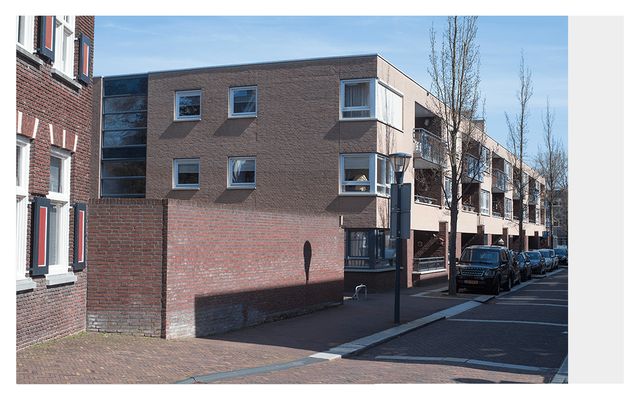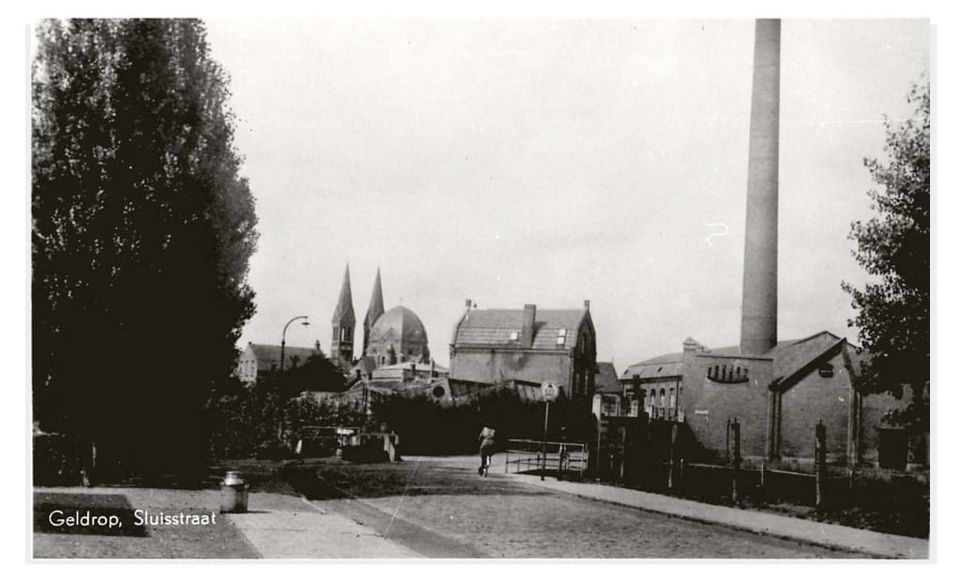De Kleine Dommel
The river that flows through Geldrop, "De Kleine Dommel", has been of great importance to the textile industry of Geldrop for centuries. It was necessary for washing the wool, rinsing the sheets, dyeing and filling. The people of Geldrop needed a lot of water.
" Het lied van de neie weg "
In 1820, Mierlo had no fewer than 350 home weavers. They worked for a ‘Fabrikeur’ (Textile merchant) who lived in Geldrop. The home weavers walked back and forth on the loose path to Geldrop for two hours every day. In 1850, a gravel road was built and the weavers sang “het lied van de neie weg” (The song of the new road).
Textile in Mierlo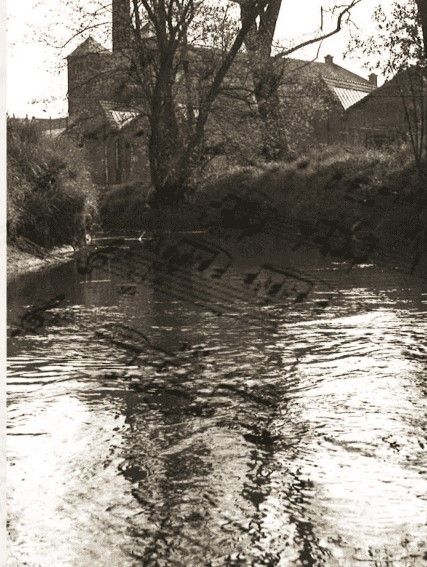
Factories were often built near the river
At the beginning of the 19th century, factories arose in Geldrop. The Kleine Dommel therefore remained of great importance. Textile factories were often built near the river. This is also the case for the factory buildings of the firms A.van de Heuvel & Zoon, H. Eijcken & Zonen, A. van der Heijden and, a little further away, the Wool Blanket Factory in the Netherlands. The group photo shows the workers of firm A. van de Heuvel & Son in 1907.
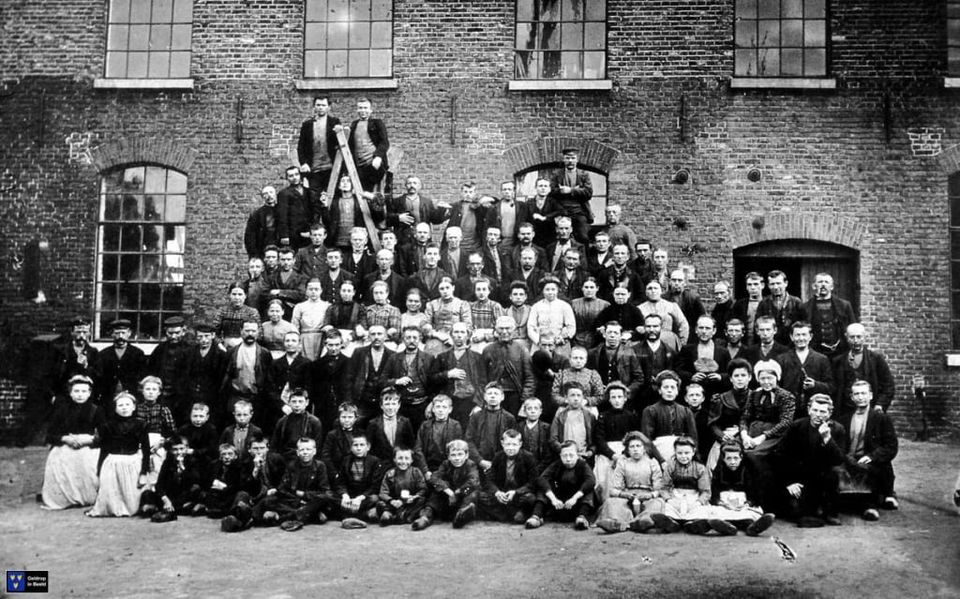
"Sagebien Water Wheel"
In 1920 a switch was made to electricity. The Sagebien water wheel disappeared under a concrete slab. The water wheel was also restored when the Weaving Museum was established in the old factory buildings. The working water wheel, with a diameter of 6.8 meters and a width of 2 meters, can be admired in the Weaving Museum.
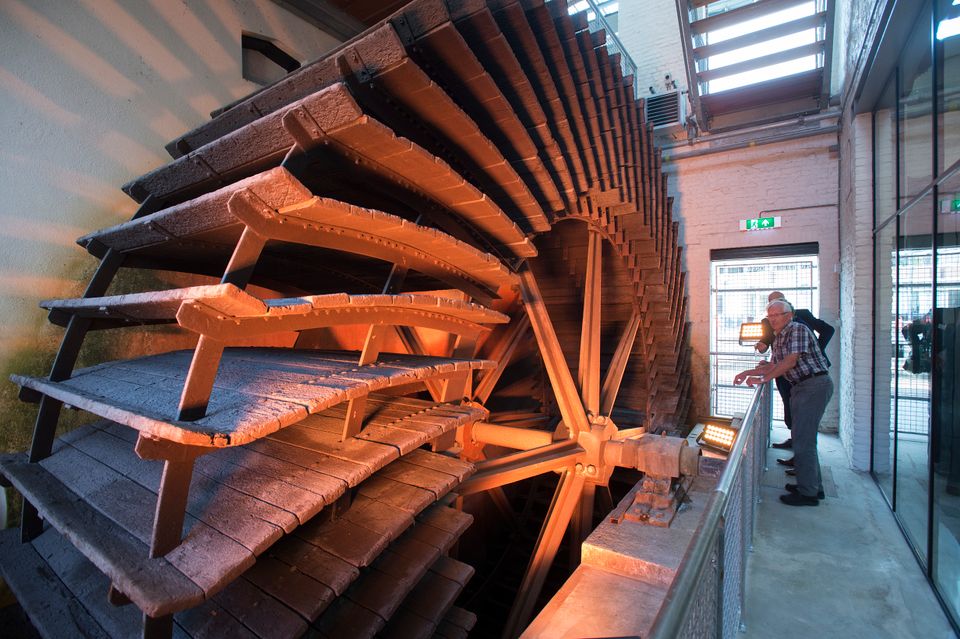
Water Mill of the Lady of Mierlo
Where now stands the Weaving Museum, once stood the watermill of the Lady of Mierlo. Baron de Heusch van Zangerije took over the mill and sold it in 1854 to the Van den Heuvel firm. The mill was demolished. Van den Heuvel chose a Sagebien water wheel per the advice of Petrus Regout.

Wool fabric factories
One of the wool fabric factories near the Dommel was the firm H, Eijcken en Zonen in the Wielstraat. Eijken & Zonen started a steam wool spinning mill in 1855, where they also painted and finished.
Gert Venmans-Bruning - Wife of the director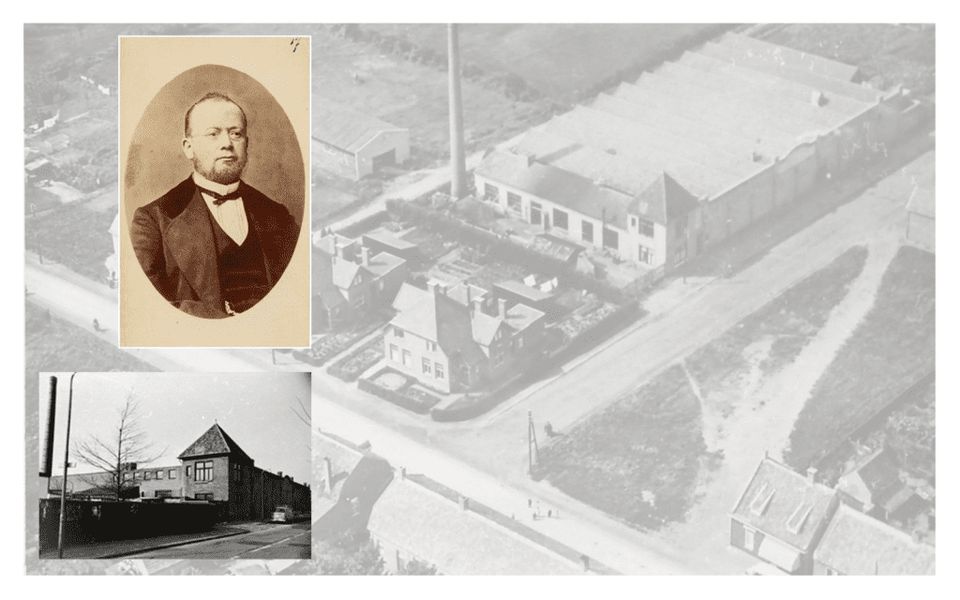
Beer Brewery of Cambrinus
At the time there were two breweries in Geldrop. The Cambrinus beer brewery once stood opposite A. van den Heuvel and on the Dommel. In 1892, the brewery was taken over by Josephus Bolsius.
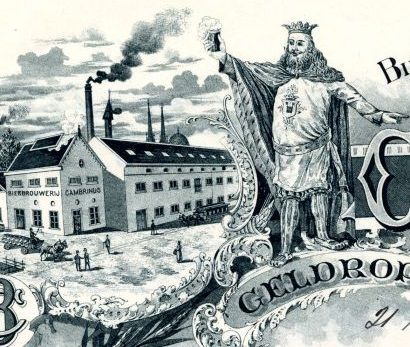
“Special Beer Geldropsch Bruin”
Beer brewer Josephus Bolsius was born in 's-Hertogenbosch. He came to live in Geldrop in 1883, where he married Joanna Maria Brigida van den Heuvel, granddaughter of the well-known manufacturer Adriaan van den Heuvel, of the wool fabric factory of the same name. Bolsius managed to turn the brewery into a successful company.
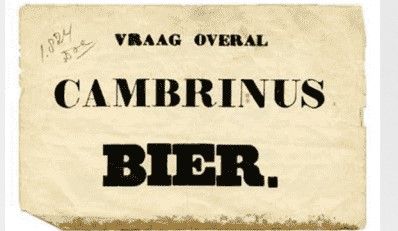
-
Weaving the Past with the Present - Molenstraat
Weaving the Past with the Present - Molenstraat
The Molenstraat around 1950, with on the right the textile factory of Van den Heuvel & Zoon, the old weir and two more chimneys. Today, the beautiful Weaving Museum is located here and one chimney still stands on De Bleek as a reminder of Geldrop's rich textile history.

-
Weaving the Past with the Present - Molenstraat
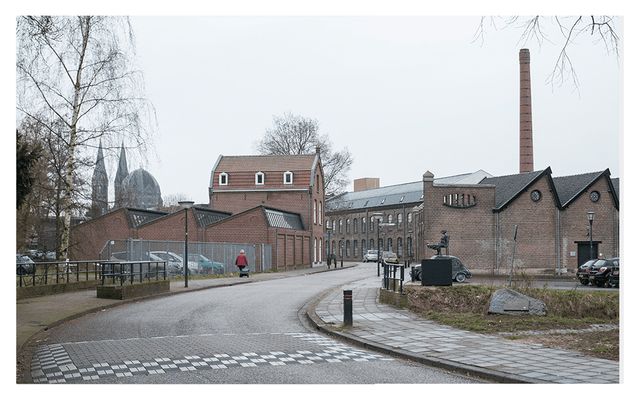
-
Weaving the Past with the Present - Wielstraat
The factory of H. Eijken en Zonen was located in Wielstraat. They started a steam wool spinning mill here in 1855. The company burned down in 1896 and was rebuilt. At its peak (early 20th century) more than 100 people were employed. Then a new spinning and drying mill was also built. The company existed until 1963. The building burned down completely in 1979.

-
Weaving the Past with the Present - Wielstraat
Now there are apartments and Centrum Hofdael, the cultural heart of Geldrop.
